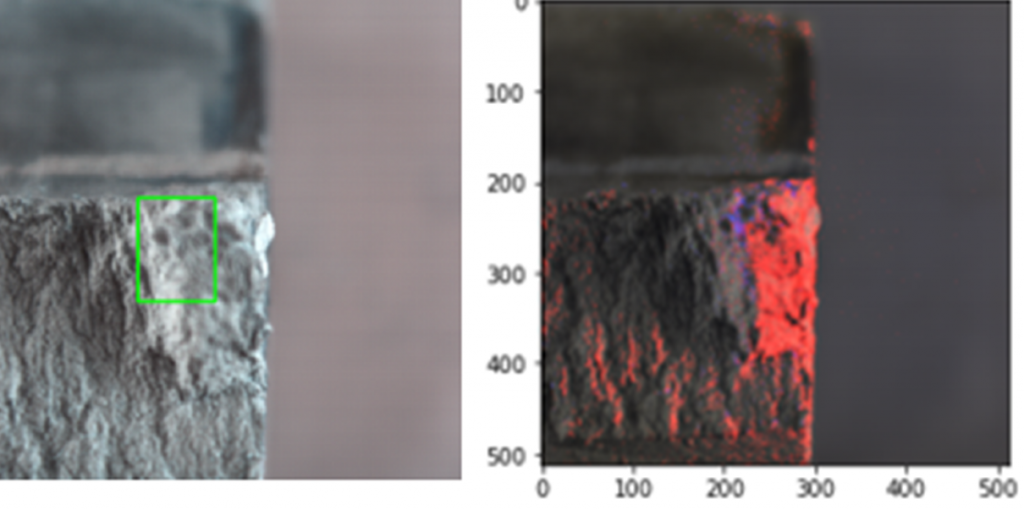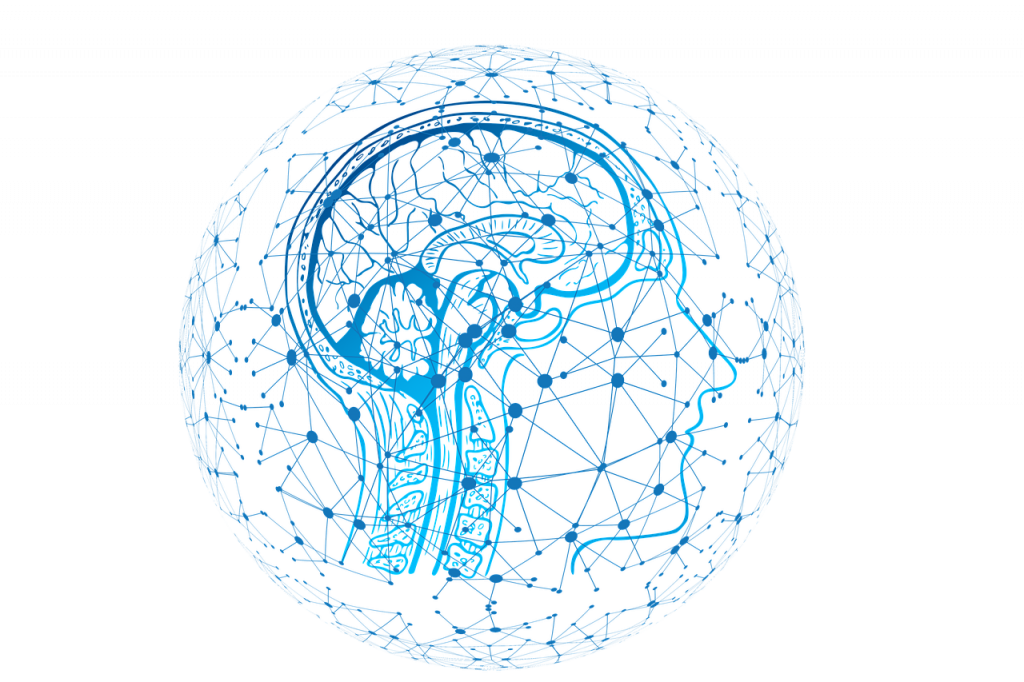Reseach Topic
The research conducted in this laboratory can be divided into two main areas.
- Mining Engineering
- Mining Informatics
Mining Engineering
One of the major themes of this laboratory is Smart Mining. Smart Mining is the system that conbines traditional mining and informatics. It makes mining operations more efficient and safer. In recent years, mines become less concentrated and we have to dig deeper. Against this backdrop of the times, future mining must consider how efficiently resources can be mined in low-aggregation mines and how to do so safely at deep underground.
Managing the health of the downhole workers is one of the most important factor related to digging safely. In an underground mine, you will always be in a dark, hot, and humid environment. Naturally, such an environment can cause mood swings and distractions. This laboratory is developing a system to perform health checks on such workers. The system is outlined as follows: We equip the internet environment in underground mine and we read the heart rate from a smartwatch attached to the mine worker. Although the challenge of this research is to set up an Internet environment in an underground mine with no Internet access, we are also studying knowledge of communication systems as I work on my research.

Another problem that has arisen in recent years is the decline in skilled ingenuity. At a site where a single experienced worker has been directing the work, if that worker suddenly disappears, that mine will stop working. And even if they don't disappear suddenly, the decrease in the number of young workers and the aging of the workforce are making it difficult for veteran workers to pass on their skills. As a solution to these problems, this laboratory is investigating educational methods using VR/AR. For example, by using a head-mounted display such as oculus, visitors can easily experience the underground mines that are not easily accessible. Experienced technicians can also teach their own skills without visiting to the field. From the perspective of using VR for education, this laboratory built a 360°3D theater in the architecture building at Hokkaido University last year. We believe that this theater will enable multiple people to share the same images, which will further enhance the educational effect.

Mining Informatics
The laboratory focuses not only on mining engineering, but also on civil engineering. In the civil engineering field, they combine informatics with existing technology to help improve work efficiency.
For example, one piece of equipment we use is a hyperspectral camera. The human eye perceives light according to the intensity of the colors red, green, and blue. With this camera, however, we can also examine the intensity of light in colors other than red, green, and blue. In other words, some objects that appear the same color to the human eye can be clearly different with this camera.s. The figure on the right is a photograph of some concrete, and the red area on the right shows the area that contains a toxic substance called asbestos. The abnormalities on the left side, which are not at all obvious in the normal photo, can be clearly seen by using a special camera called a hyperspectral camera, as you can see here.

This is strongly related to the study of geology, there is also the study of having an AI to identify rocks. The AI memorizes serpentine rocks from various sources in advance, and then shows an arbitrary stone to the AI, and this AI determines whether the stone is serpentine or not. This technology requires some programming skills and knowledge of informatics, but you will learn it little by little after entering the laboratory.

Thus, the civil engineering field is a place where the latest technologies such as AI and VR are readily available. This laboratory conducts research on such cutting-edge technology.
